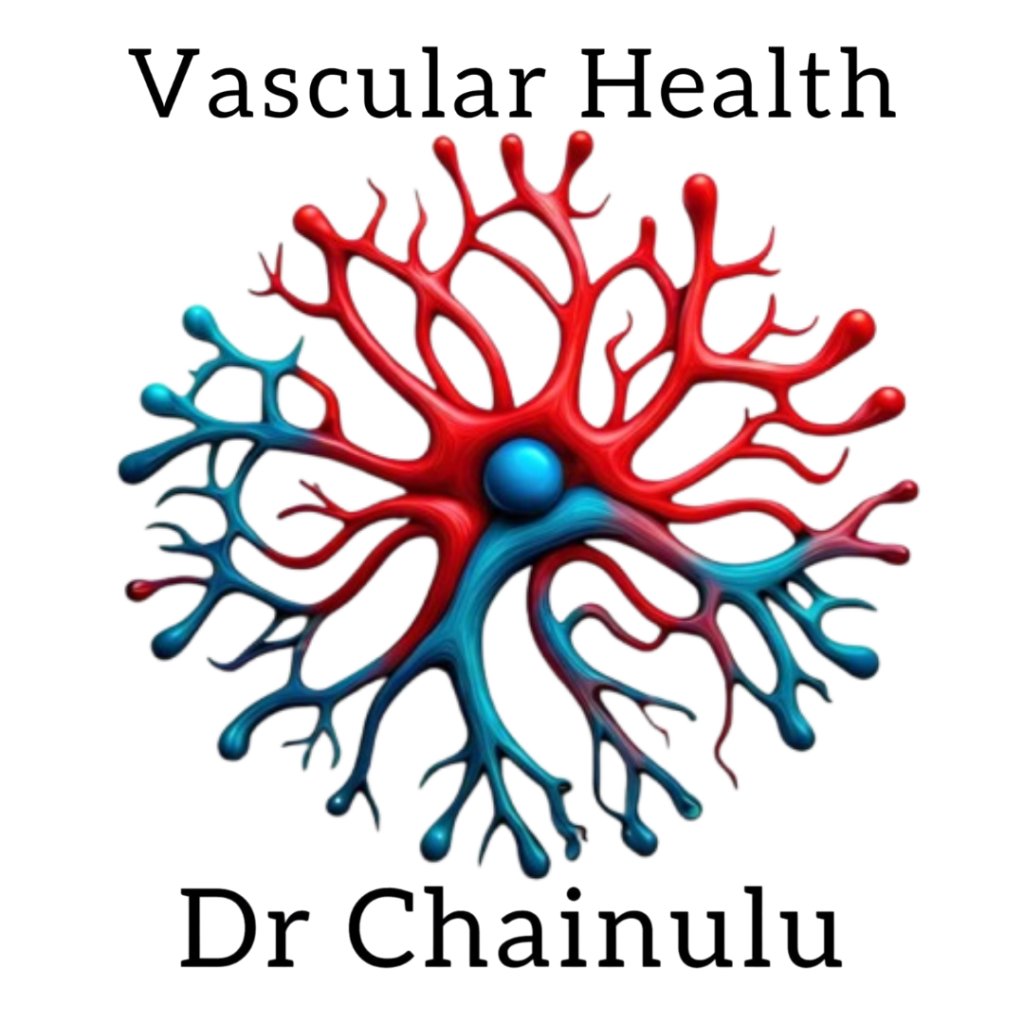Vascular Malformation
What is Vascular Malformation?
Vascular malformations are abnormal clusters of blood vessels that can occur in various parts of the body. These malformations are present at birth and can grow over time. They are categorized based on the type of blood vessels involved, such as veins, arteries, lymphatic vessels, or a combination of these.
Types of Vascular Malformations
Vascular malformations are classified into several types, including:
- Venous Malformations
- Abnormal veins that may appear as bluish, soft masses under the skin.
- Can cause pain, swelling, or bleeding.
- Arteriovenous Malformations (AVMs)
- A tangle of abnormal arteries and veins that disrupt normal blood flow.
- Often found in the brain or spinal cord but can occur in other parts of the body.
- Lymphatic Malformations
- Clusters of abnormal lymphatic vessels that can cause fluid buildup and swelling.
- Commonly occur in the head, neck, or armpits.
- Capillary Malformations
- Involve small blood vessels close to the skin’s surface, often appearing as red or pink birthmarks (e.g., port-wine stains).
Symptoms of Vascular Malformations
Symptoms vary based on the type, size, and location of the malformation. Common symptoms include:
- Visible swelling or discoloration on the skin.
- Pain or discomfort in the affected area.
- Bleeding or ulceration.
- Functional impairments if located near vital organs or nerves.
Causes and Risk Factors
Vascular malformations are typically congenital, meaning they develop before birth. While the exact cause is not always known, they may result from genetic mutations during fetal development. These conditions are not caused by lifestyle factors or external influences.
Diagnosis
Diagnosing vascular malformations involves a combination of physical examinations and imaging tests:
- Ultrasound
- Helps assess blood flow and identify the type of malformation.
- MRI or CT Scan
- Provides detailed images of the malformation and surrounding tissues.
- Angiography
- A specialized imaging test to visualize blood vessels and determine blood flow patterns.
Treatment Options
Treatment for vascular malformations depends on the type, size, and symptoms. Options include:
- Observation
- Small, asymptomatic malformations may not require immediate treatment but need regular monitoring.
- Compression Therapy
- Compression garments can reduce swelling and provide symptomatic relief for venous malformations.
- Minimally Invasive Procedures
- Sclerotherapy: A solution is injected into the malformation to shrink it over time.
- Embolization: Small particles or glue are used to block blood flow to the malformation.
- Laser Therapy
- Useful for treating capillary malformations like port-wine stains.
- Surgery
- In cases where the malformation is causing significant symptoms, surgical removal may be recommended. Surgery is often combined with other treatments for optimal results.
Living with Vascular Malformations
Managing vascular malformations involves regular medical check-ups and symptom management. Lifestyle adjustments, such as avoiding activities that exacerbate symptoms and maintaining a healthy weight, can improve quality of life.
Why Choose Dr. Chainulu for Vascular Malformation Care?
Dr. Chainulu is a leading expert in vascular health, offering comprehensive care for vascular malformations. With state-of-the-art diagnostic tools and advanced treatment options, Dr. Chainulu and his team provide personalized care tailored to each patient’s unique needs.
Frequently Asked Questions
1. Are vascular malformations life-threatening?
Most vascular malformations are not life-threatening but may require treatment to prevent complications or improve quality of life.
2. Can vascular malformations be cured?
- While some malformations can be effectively treated or managed, others may require ongoing care.
3. Is treatment painful?
- Most modern treatments are designed to minimize discomfort and recovery time.
4. How do I know if I need treatment?
- If you experience pain, swelling, bleeding, or functional impairments, consult a specialist for evaluation.

Our Services
- Varicose Veins
- Deep Vein Thrombosis
- Vascular Malformation
- Aortic Aneurysms
- Mesenteric Vasculature
- Acute Limb Ischemia
- Peripheral Arterial Disease
- Stroke Prevention
- Angiography
- Vascular Access for Chemotherapy
- Spider Veins
- Glue Therapy
- Sclerotherapy
- AV Fistula
- Uterine Fibroid Embolisation
- Varicocele Embolisation
- Thyroid Ablation
- TACE
- Prostatic Artery Embolisation
- Varicocele Embolisation
